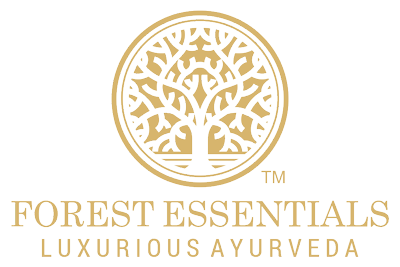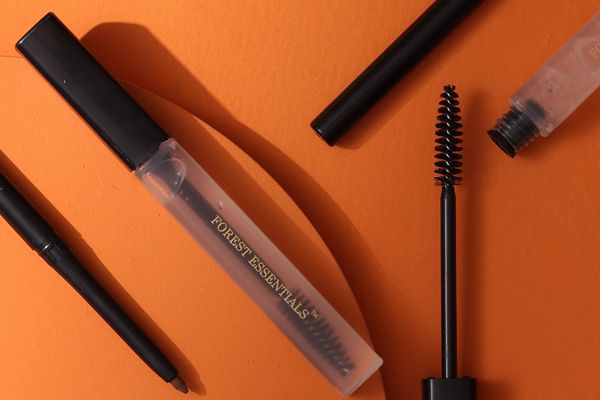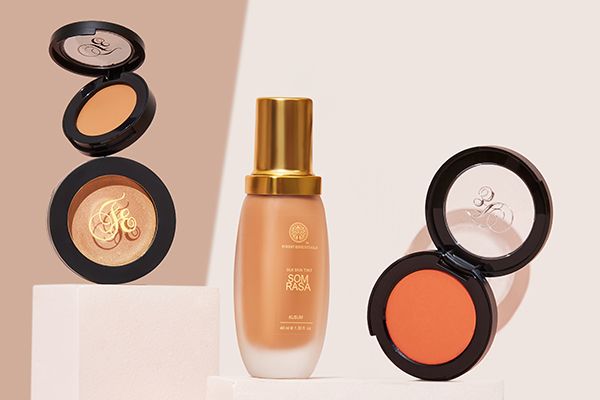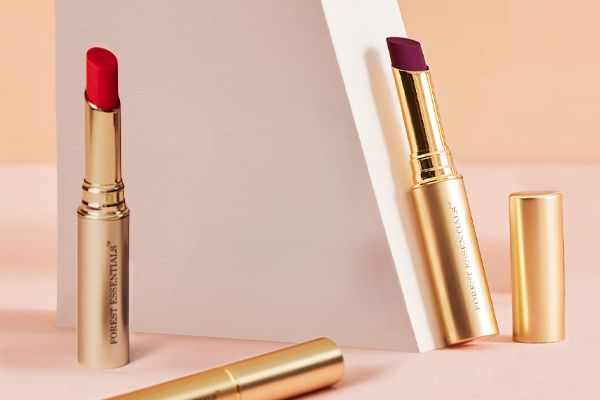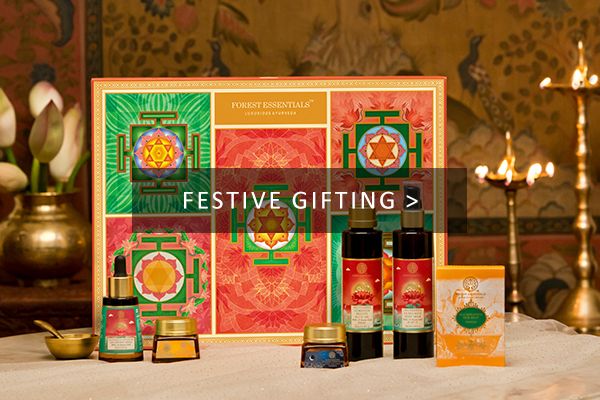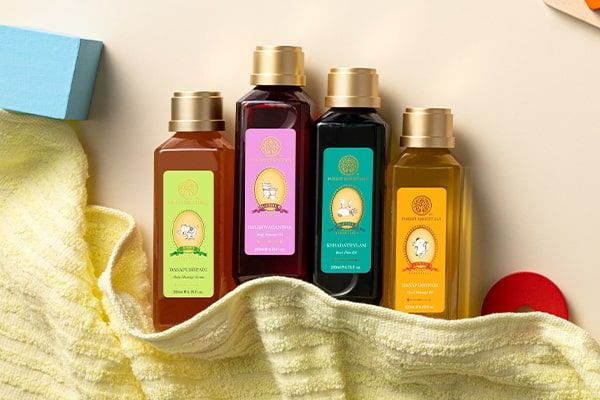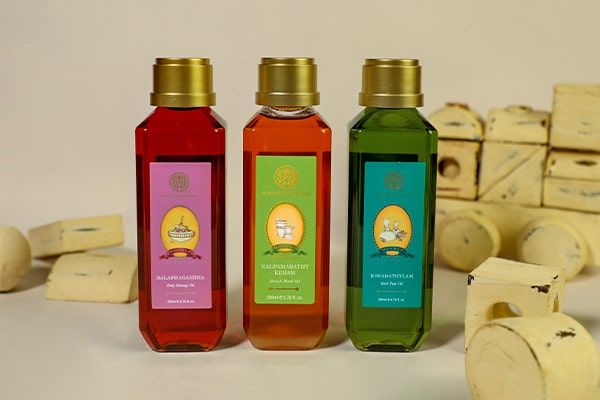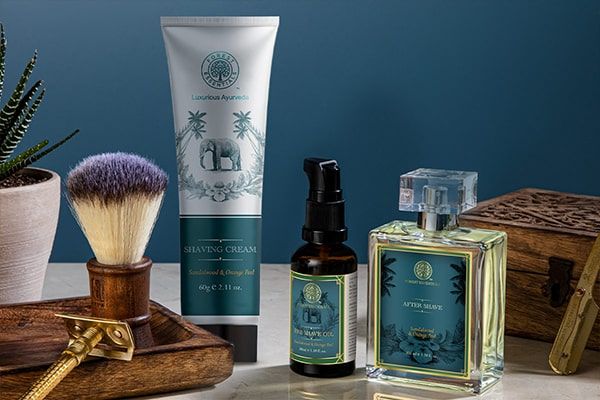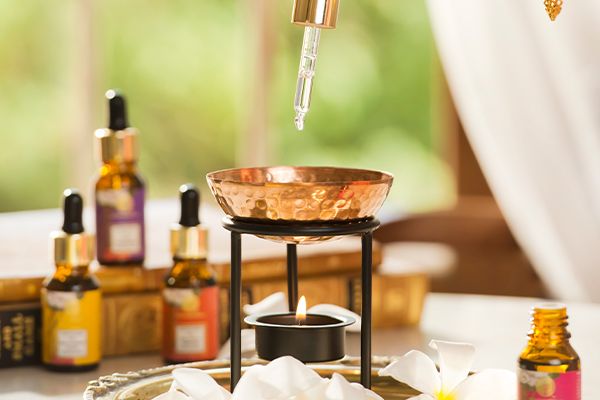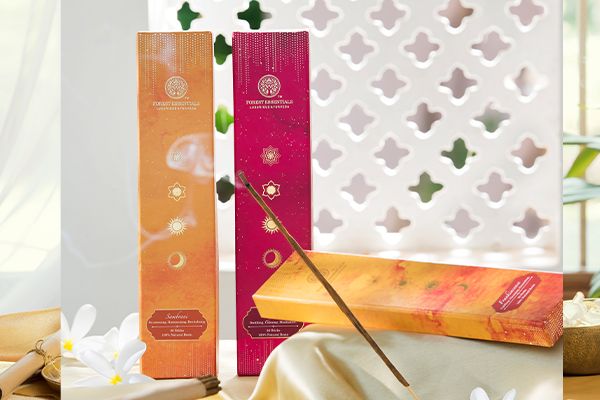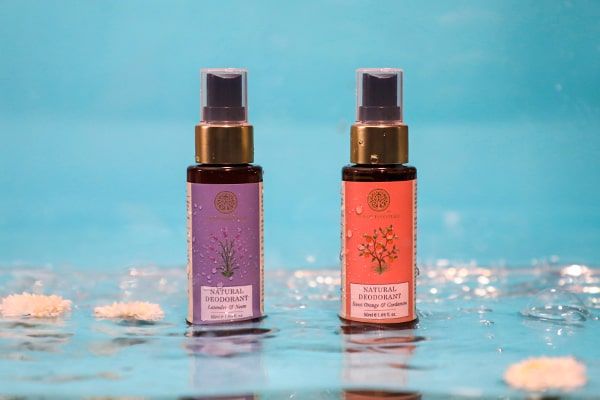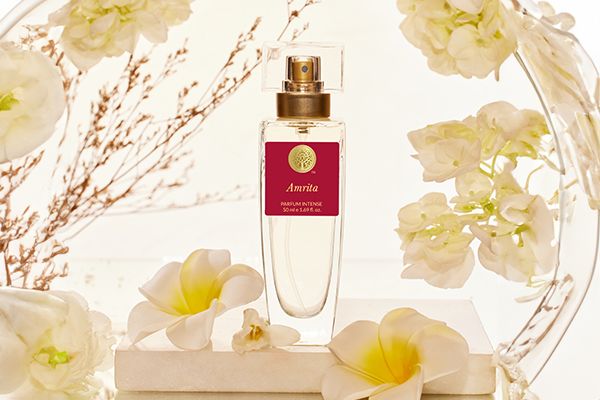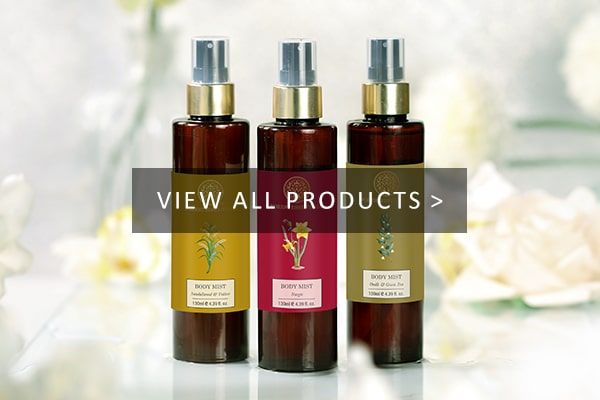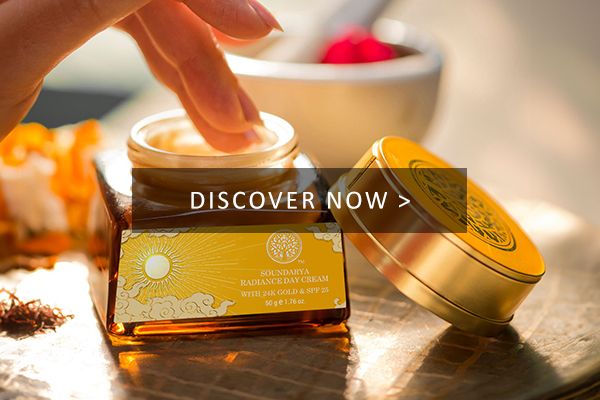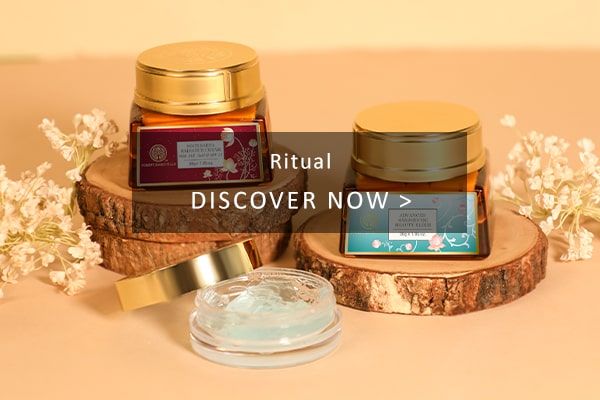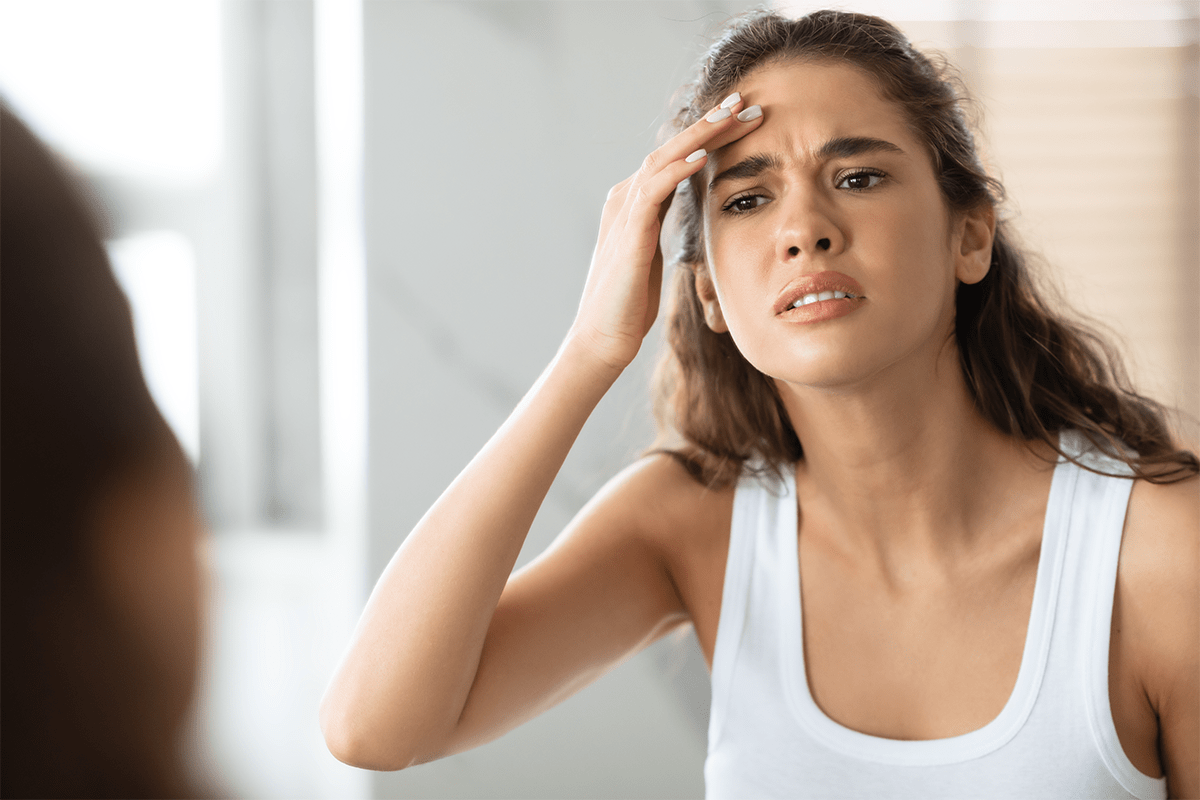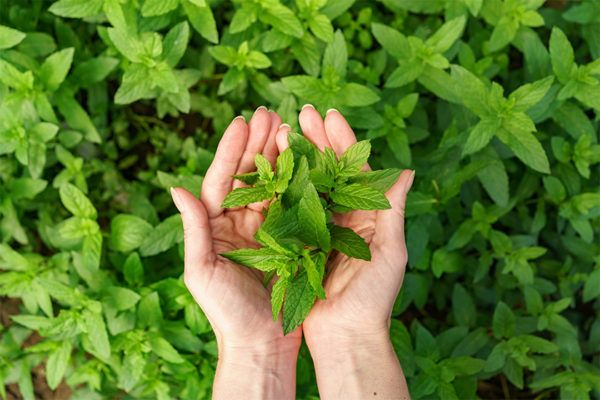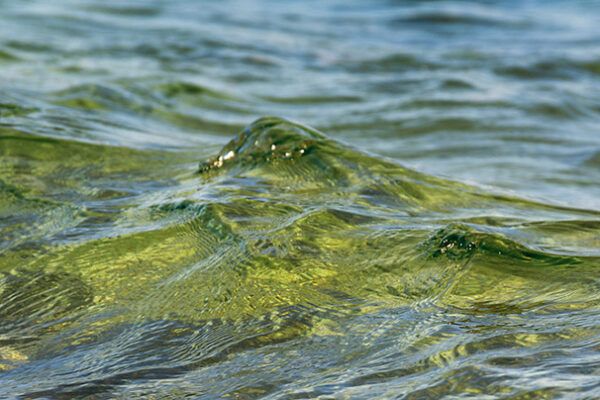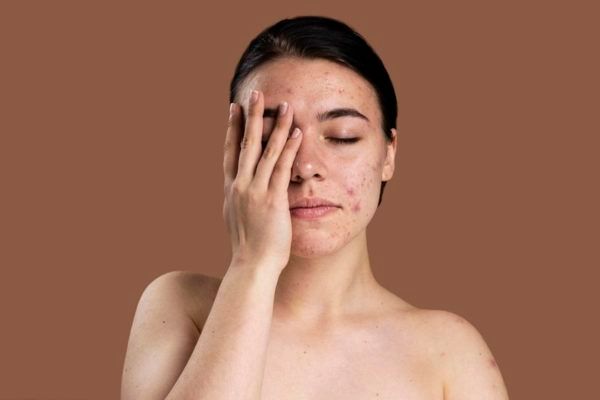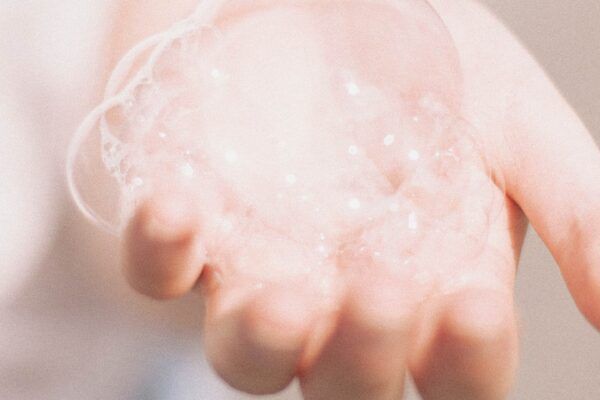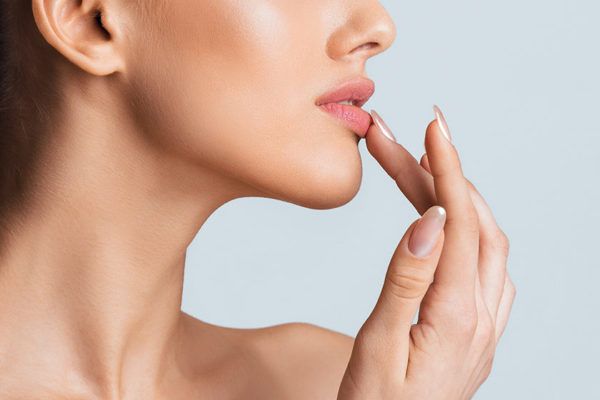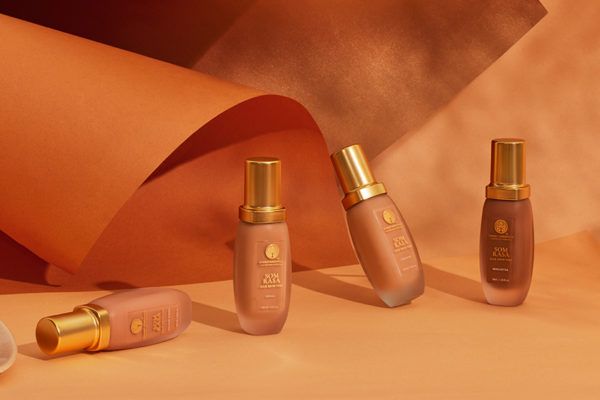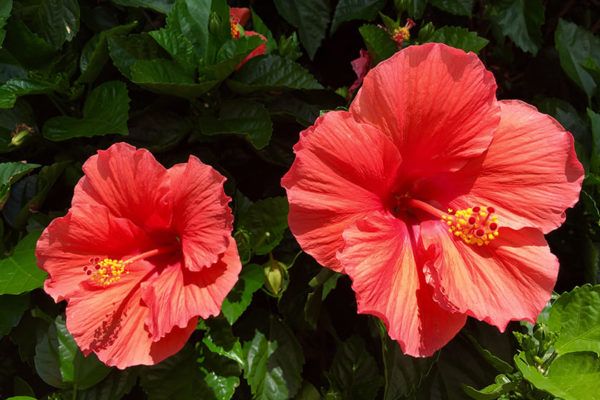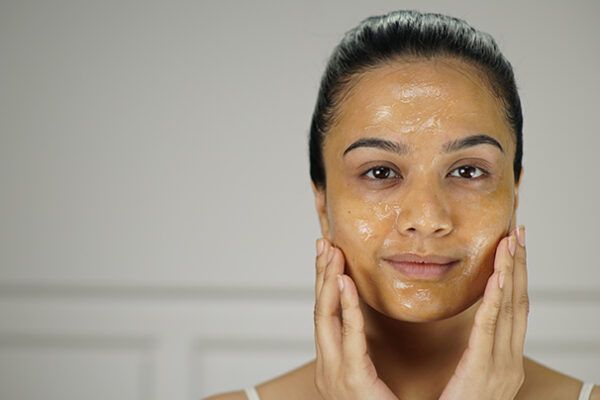For most of us, the daily mirror check is a practice as ingrained as brushing our teeth. It’s a moment when we scrutinize our skin, sometimes spending more time analysing it than we’d like to admit.
It’s all smooth sailing until your gaze lands on a particular spot, and you freeze. There’s an unseemly mark that definitely wasn’t there the last time you checked—at least, as far back as your memory serves. And now, you’re left with a question: Is it a blemish or pigmentation? After all, if you don’t know what it is, how can you possibly treat it?
This is where we step in—to help you understand the difference between blemishes and pigmentation.
What are Blemishes?
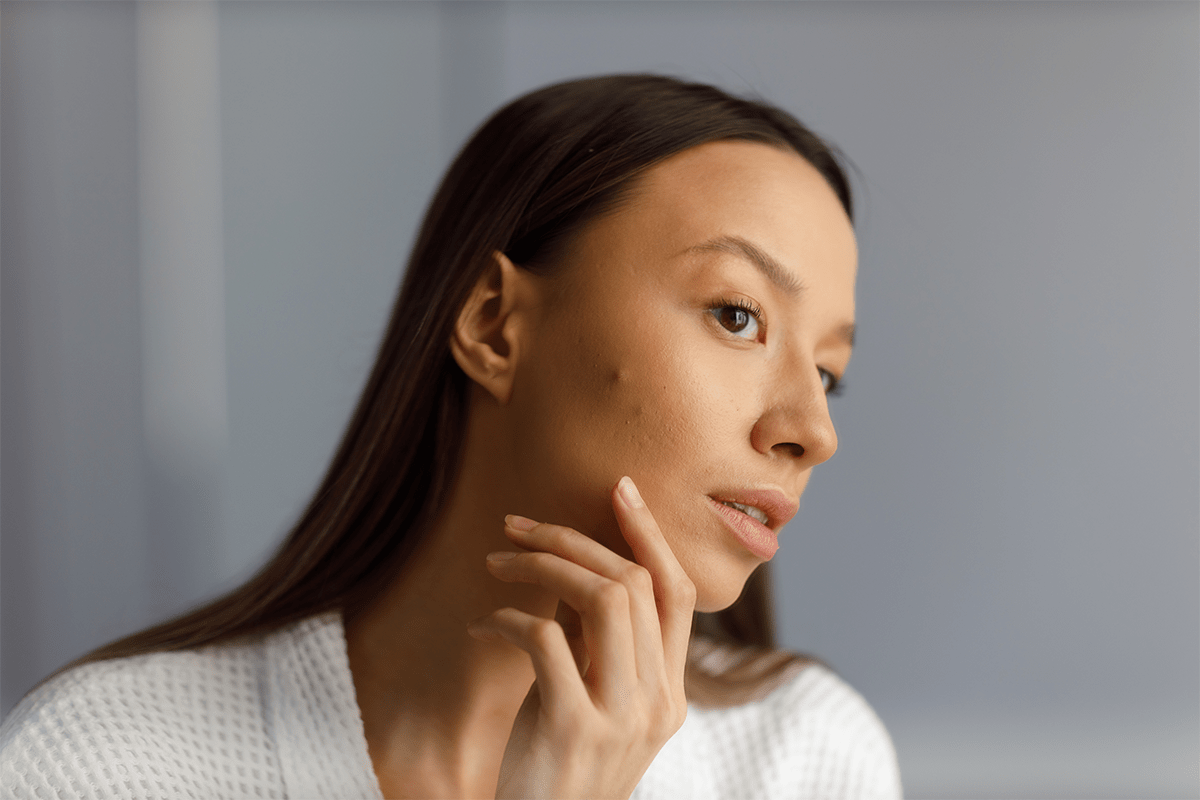
Skin blemishes are common skin imperfections or spots that can affect the appearance and texture of the skin. They are often characterized by visible marks, or lesions on the skin’s surface.
Blemishes on the face often have a distinct appearance and texture, resulting in raised or depressed areas. They also vary in colour, with some being red and inflamed, while others may appear dark or lighter.
Types of Blemishes
Pimples: Pimples are one of the most common types of blemishes. They are raised inflamed bumps on the skin and are often associated with acne. Pimples can vary in size and may contain pus. They typically result from clogged pores, excess oil production, bacterial growth, and hormonal imbalances on the skin.
Blackheads and Whiteheads: These are also types of acne lesions. Blackheads are open comedones, appearing as small, dark spots on the face. Whiteheads are closed comedones, manifesting as small, white or flesh-coloured bumps. They develop when hair follicles become clogged with oil and dead skin cells.
Scars: Scars are blemishes that result from injuries, surgeries, or severe acne. They can vary in appearance, with some being raised and others depressed. Scars are permanent but can be treated to improve their appearance.
Causes of Blemishes
Acne: The most common cause of blemishes is acne, which results from factors like hormonal changes, excess oil production, and the presence of acne-causing bacteria on the skin.
Skin Injuries: Blemishes can also occur due to injuries to the skin, such as cuts, burns, or abrasions. The body’s natural healing process can result in scar formation.
Clogged Pores: When pores become clogged with dirt, oil, or dead skin cells, it can lead to the development of blackheads, whiteheads, or pimples. Lear how to unclogged skin pores.
Treatment for Blemishes
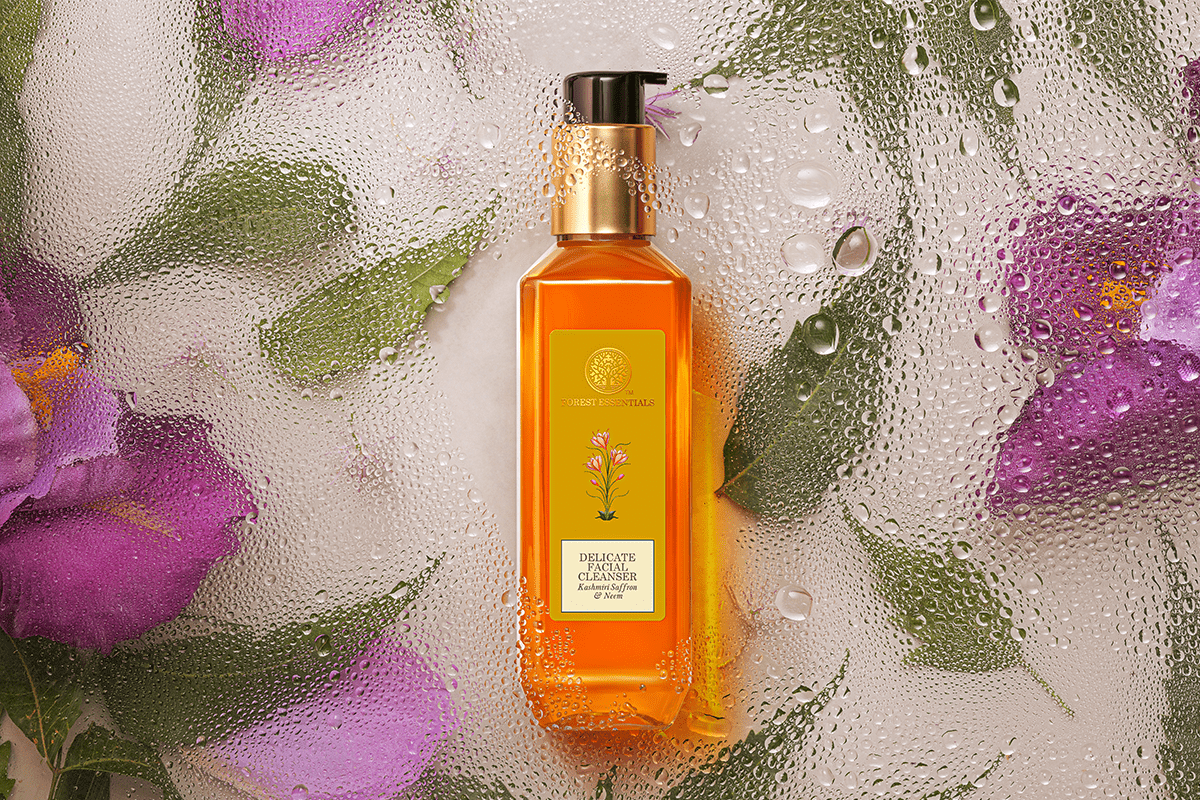
As per Ayurveda, the treatment of blemishes is holistic and focuses on balancing the body’s constitution, or doshas, to promote overall skin health. Ayurveda employs a wide range of potent herbs and botanicals known for their skin-healing properties. Some commonly used herbs for blemish treatment include Neem, Turmeric, Aloe Vera, Manjistha, and Anantmool, to name a few.
The Forest Essentials Delicate Facial Cleanser Kashmiri Saffron & Neem is specially designed to cleanse, purify, and balance oily and blemish-prone skin.
What is Pigmentation?
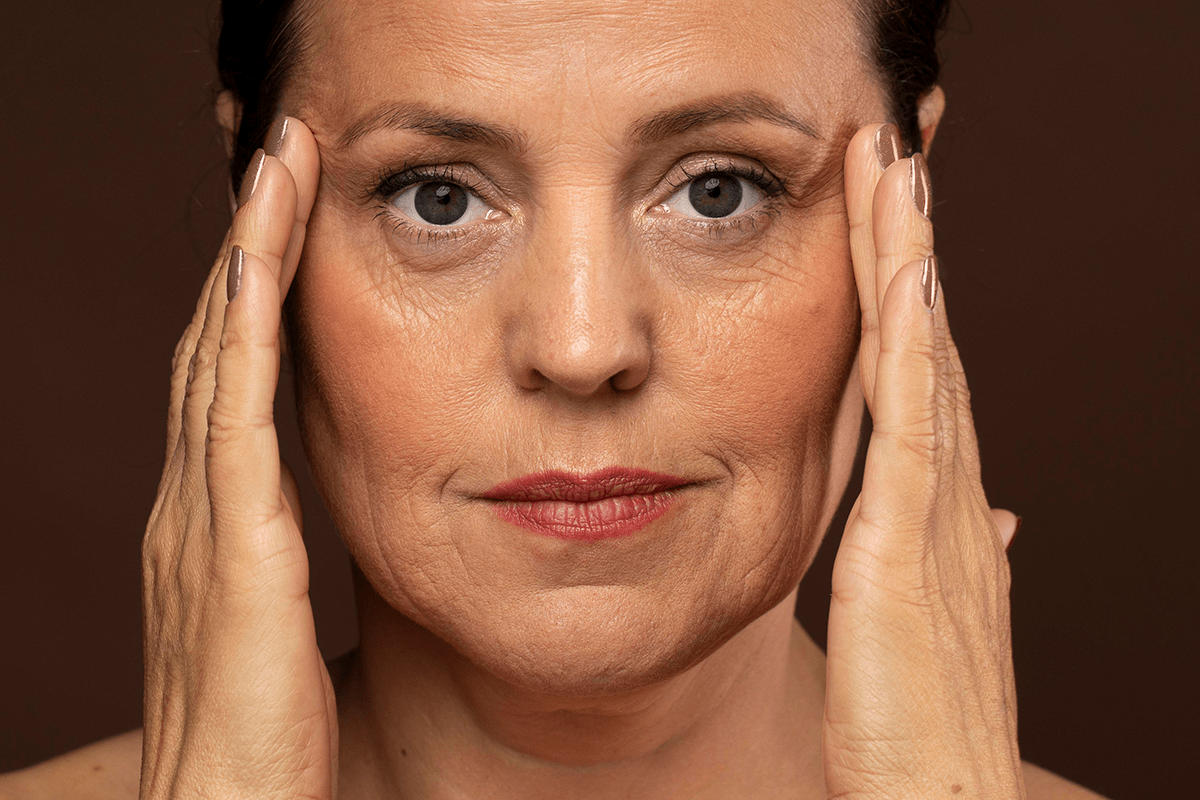
Hyperpigmentation, commonly known as pigmentation or dark spots, is characterized by areas of the skin that are darker in colour than the surrounding skin. It occurs when there is an overproduction of melanin, the pigment responsible for skin, hair, and eye colour.
Pigmentation or dark spots can vary in size, shape, and intensity, and they often appear as flat, brown, or discoloured patches on the skin.
Types of Pigmentation
Melasma: Melasma, also known as chloasma or the “mask of pregnancy,” typically appears as dark, irregularly shaped patches on the face, particularly on the cheeks, forehead, and upper lip. It is often triggered by hormonal changes, such as pregnancy or birth control pill use, and is more common in women.
Post-Inflammatory Hyperpigmentation (PIH): PIH occurs after an inflammatory skin injury, such as acne, a rash, or a wound. It appears as flat, dark spots at the site of the injury and is more common in individuals with deeper skin tones.
Sunspots (Solar Lentigines): Sunspots are caused by prolonged sun exposure and UV radiation. They usually appear as small, round, dark spots on areas of the skin that are frequently exposed to the sun, such as the face, hands, and shoulders.
Freckles (Ephelides): Freckles are small, flat, tan or light brown spots that tend to be genetic and often appear on sun-exposed areas. They can darken with sun exposure and lighten in the absence of sun.
Causes of Pigmentation
Sun Exposure: Prolonged or excessive exposure to ultraviolet (UV) radiation from the sun triggers melanocytes to produce more melanin as a defence mechanism. This leads to the formation of sunspots, also known as age spots, especially in areas that receive the most sun exposure.
Hormonal Changes: Hormonal fluctuations, such as those that occur during pregnancy (melasma or chloasma) or as a result of using birth control pills, can lead to the development of dark spots. These conditions are often referred to as pregnancy mask or hormonal hyperpigmentation.
Skin Injuries: Inflammatory skin conditions, acne, or injuries (such as cuts, burns, or insect bites) can result in post-inflammatory hyperpigmentation. In this type of dark spot, the skin produces excess melanin as part of the healing process, leading to discolouration.
Ageing: As we age, the skin’s natural ability to repair and regenerate itself may diminish. This can lead to the accumulation of melanin in certain areas, resulting in age-related dark spots.
Treatment for Pigmentation
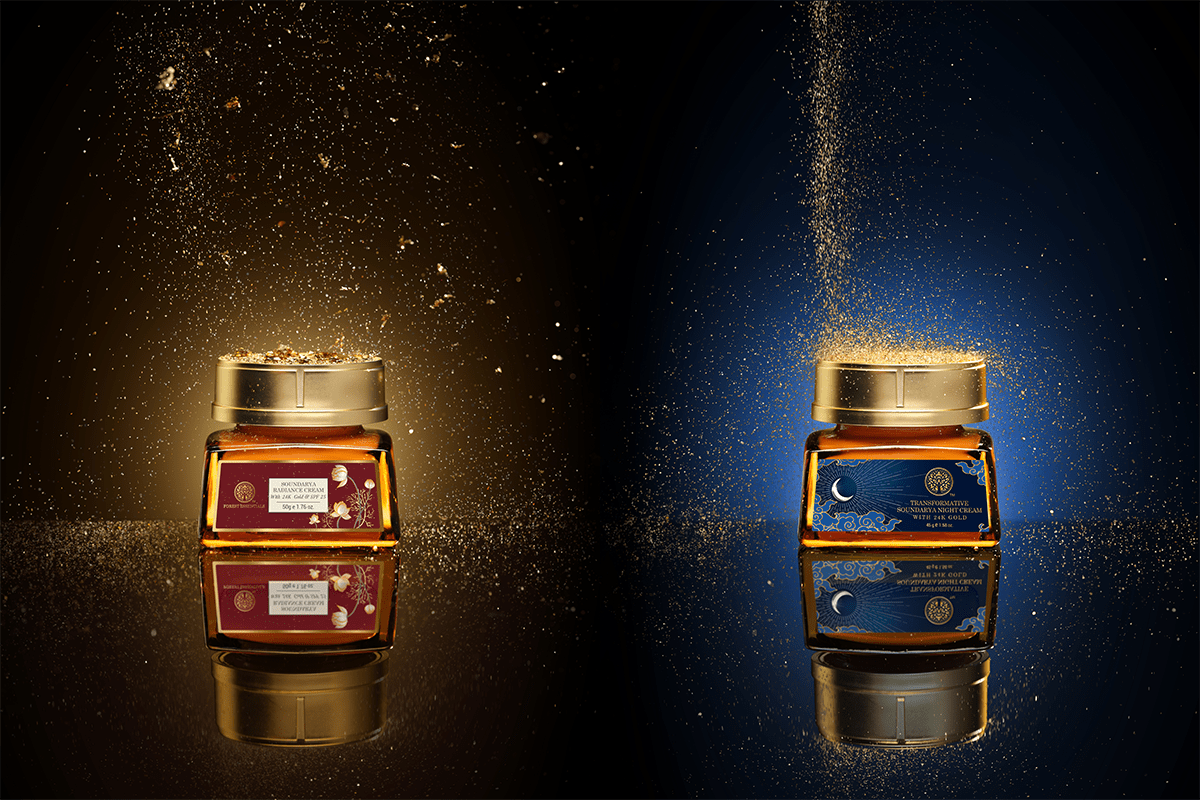
Ayurveda harnesses the power of potent herbs and natural high-performance actives to combat pigmentation and dark spots. These ingredients penetrate deep into the skin to lighten pigmentation, promoting a more even complexion.
The Forest Essentials Soundarya Day Cream and Night Cream are a luxurious blend of 24 Karat Gold, reparative herbs like Saffron and Liquorice, and pure Cow’s Ghee. Enriched with high-performance actives such as Vitamin C, Bakuchiol, and Folic Acid Ferment, they work wonders on pigmentation, unveiling radiant and even-toned skin.
We hope that now you can identify and differentiate between blemishes and pigmentation.
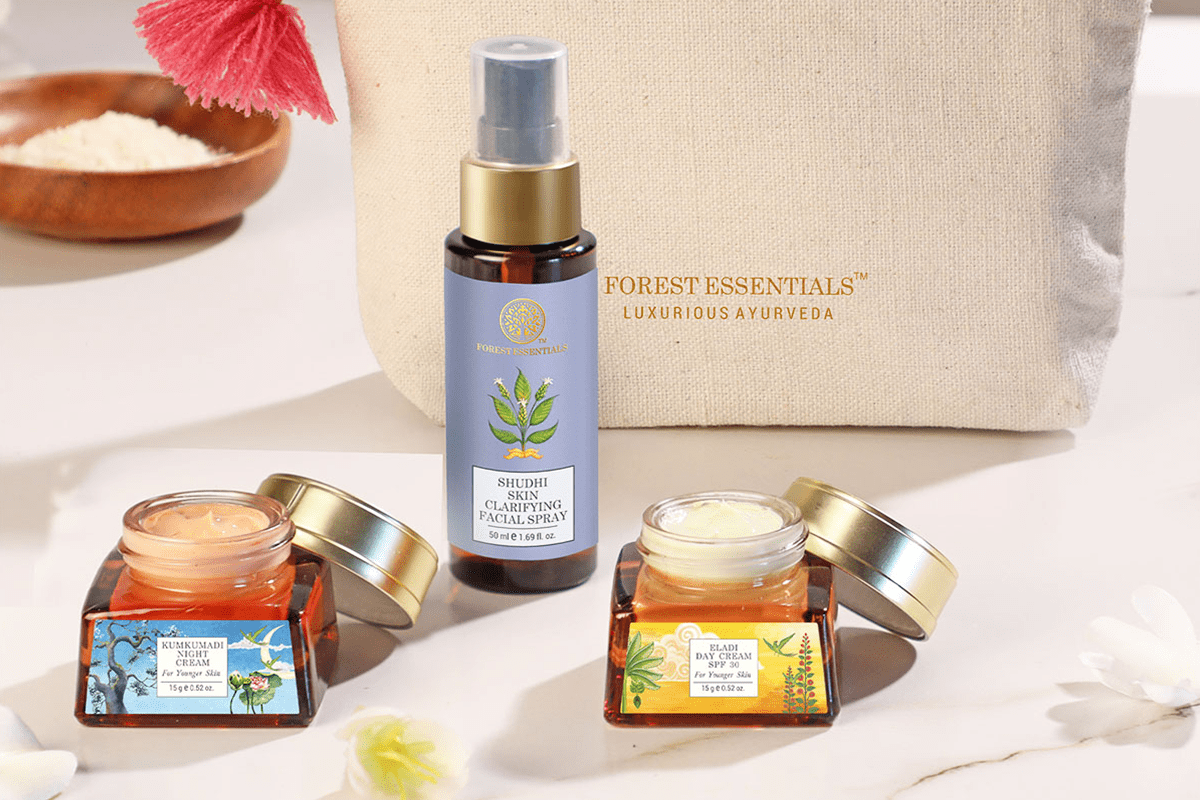
And if you use this newfound knowledge to identify that you happen to be dealing with both (we feel you), rest assured that we have the perfect treatment tailored just for you.
The Forest Essentials Acne & Pigmentation Kit is an effortless 3-step ritual specially designed to treat blemishes and pigmentation, giving you the flawless complexion of your dreams.
Ayurveda also recommends the use of ‘Varnya’ or ‘complexion-enhancing’ herbs to help with both blemishes & pigmentation. These herbs are known to balance the doshas and enhance the complexion by addressing skin issues such as acne, dark spots, and uneven tone.
The Forest Essentials Varnya Lepas contain a potent mix of Varnya Herbs such as Manjistha, Lodhra, Chandan, Neem etc., known for their skin-healing and complexion-enhancing properties. These traditional formulations not only treat existing blemishes and pigmentation but also prevent their recurrence.
FAQs
Are the blemishes and pigmentation the same?
Blemishes: Blemishes are a broad category of skin imperfections that include pimples, blackheads, whiteheads, and acne scars. Blemishes can be caused by various factors like clogged pores, inflammation, and the healing process of skin after acne breakouts.
Pigmentation: Pigmentation refers to the colour of the skin, which is determined by a pigment called melanin. Skin pigmentation can vary among individuals, and it is responsible for the natural colour of the skin. Whenever there is an uneven distribution or excess production of melanin, in certain areas of the skin, it can lead to pigmentation issues. This can result in conditions such as hyperpigmentation (darkening of patches of skin) or hypopigmentation (lightening of patches of skin). Conditions like melasma, sunspots, and age spots are examples of pigmentation issues.
In Ayurveda both these conditions are correlated with Vyanaga, which is caused by an imbalance in Vata and Pitta dosha with Rakta dushti (impure blood).
How do you get rid of pigmentation and blemishes?
According to Ayurveda, the general line of treatment in Vyanaga is Nidana Parivarjana which means avoid the causative factor.
Abhyanga (oil massage) – Facial massage with oils that are indicated for pigmentation. Oil massage pacifies the vitiated Vata, which is one of the causative factors of pigmentation and blemishes.
Pralepa (external application) – External application of Pitta pacifying and Rakta shodhak (blood purifiers) herbs like Cardamom, Manjistha, Arjuna, Turmeric, Chandana, Neem, Lodhra etc. helps to manage vitiated Pitta and purification.
It is always advised to first treat the underlying cause for the pigmentation caused due to diabetes, hormonal imbalance, allergies, and medication of certain diseases.
Protect your skin from sun exposure and wear sunscreen with at least SPF 30 every day.
Eat healthy, manage stress, and get enough sleep for better skin repair and faster regeneration.
What causes pigmentation and blemishes?
Pigmentation and blemishes on the skin can be caused by a variety of factors:
- Excessive exposure to the sun
- Pimples and Acne
- Hormonal changes due to pregnancy or menopause
- Consumption of tobacco and smoking
- Certain allergies to certain things like food, drink, weather etc.
- Medication of certain diseases
- Diabetes
- High usage of chemical products and artificial fragrances.
The cause of specific types of pigmentation or blemish and its causes vary from person to person. The treatment options also depend on the underlying causes.
How long do pigmentation and blemishes stay?
The duration for blemishes and pigmentation to stay on the skin depends on the type of blemish or pigmentation, its underlying cause, and individual factors. The blemish and hyperpigmentation are influenced by factors such as sun exposure, genetics, and skin care habits. Be patient and consistent with your chosen treatment. Results may not be immediate, and it may take several weeks or months to see significant improvement.
References
https://www.vogue.in/content/ask-an-expert-what-is-skin-pigmentation-and-how-to-reduce-it
https://www.vogue.in/beauty/content/a-dermatologists-guide-to-getting-rid-of-dark-spots-on-your-face
https://www.shanidarden.com/blogs/shanis-skin-care-tips/acne-scar-vs-hyperpigmentation
https://www.medicalnewstoday.com/articles/327503#types
